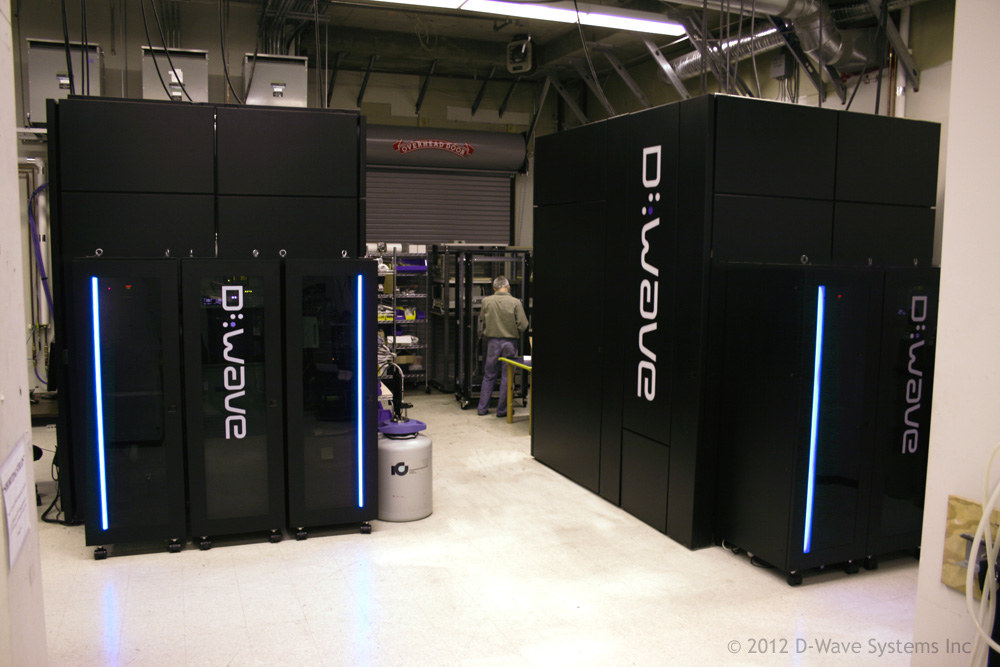D-Wave quantum computer solves protein folding problem
August 20, 2012
A 128-qubit D-Wave One quantum computer has solved the puzzle of how certain proteins fold, Nature News Blog reports.
The latest finding from a Harvard’s Alan Aspuru-Guzik and his colleagues shows that the D-Wave one could predict the lowest-energy configurations of a folded protein.
The model consisted of mathematical representations of amino acids in a lattice, connected by different interaction strengths. The D-wave computer found the lowest configurations of amino acids and interactions, which corresponds to the most economical folding of the proteins.
According to the researchers, 10,000 measurements using an 81 qubit version of the experiment gave the correct answer just 13 times. This was in part to the limitations of the machine itself, and in part to thermal noise that disrupted the computation. (Conventional computers could already solve these particular protein folding problems.)
